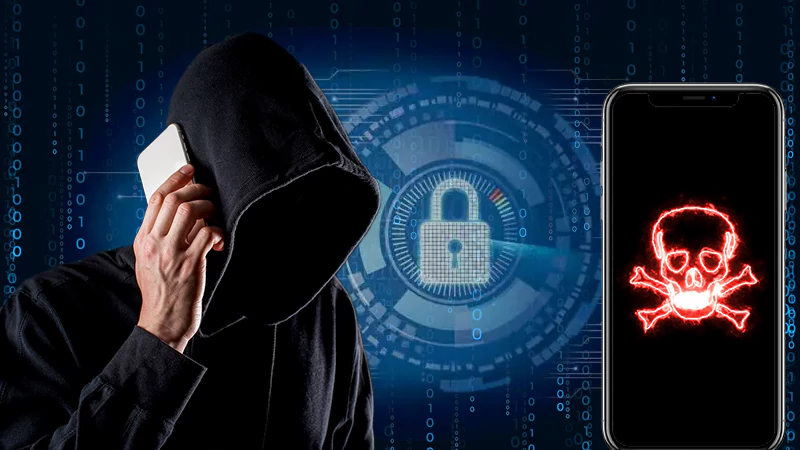Every day, more and more people fall victim to online fraud. From spam emails to country-wide data breaches, online fraud is everywhere. While the development of technology and our growing online presence have expedited the frequency of online fraud attempts, the truth is that fraud was always present throughout our history. There were and will always be people who do not care who they need to use or damage to make a profit. Sadly, that is just a part of human nature, just like our tendency to trust, making us an easy target for malicious fraudsters. Luckily, the development of technology has also provided us with various methods of defending against those threats. The best way of protecting any business is to detect the threat and prevent it before it can do any damage, which is why implementing fraud detection in online businesses needs to be a priority and not just an option.

The Most Common Online Threats
If we want to defend our businesses and customers against the growing threat of online fraud, we first need to know what we are defending against. By being aware of the most common online threats that can directly affect your business, you will develop a strategy for dealing with those threats. Not all companies will be subjected to the same online threats, which is why their fraud detection strategy needs to be developed considering those challenges.
The most common types of online fraud that businesses need to deal with are:
Phishing:
This is one of the most common types of fraud, and it happens when a fraudster sends you an email pretending to be a known contact or a trusted source while trying to trick you into providing them with sensitive and confidential data. For example, it could be an email from the company’s CEO urgently asking for the account data or by a service provider asking you to update your personal information, such as a Google Docs phishing scam that first appeared in 2017.
Ransomware:
This type of fraud can be disastrous for any company regardless of its size, as fraudsters will encrypt or block business data after they manage to get access to it and demand a ransom before giving access back to the company. This puts businesses in a difficult position of choosing between possibly losing their business data or paying a ransom.
Card Not Present Fraud:
This type of fraud happens when fraudsters purchase products or services using stolen credit card numbers, resulting in a chargeback request once the legitimate card owner notices an unauthorized transaction.
How to Detect and Prevent Online Fraud?
Once you have identified which threats are most likely to affect your business, it is time to learn how to protect yourself and your customers from them.
Regular Security Audits
First step you need to take is to conduct regular security audits. They will allow you to recognize any vulnerabilities that fraudsters could use to exploit your business. This will allow you to patch up any flaws you find and determine the risks you face to better protect your business.
Raise Cyber Awareness
Your employees represent an essential element in protecting your business. By educating them about online dangers and training them in recognizing fraud attempts such as phishing attacks, they will develop needed skills to prevent them.
Data Enrichment
This cybersecurity tool allows you to gain more information about your users by using external and internal databases, which helps businesses to determine their intent and recognize malicious actions. By gathering more information about your users you will be able to prevent different types of online fraud such as account takeover and identity theft.
Custom Risk Scoring
Not every business will face the same threats and not every cybersecurity solution will work for every company. This is why it is essential to customize the risk scoring to ensure the results will adapt to your business. It will allow you to concentrate on the most probable risks without wasting your resources.
With our growing online presence, the dangers of online fraud will only get greater. It is time for all businesses to start taking steps in the right direction.
















